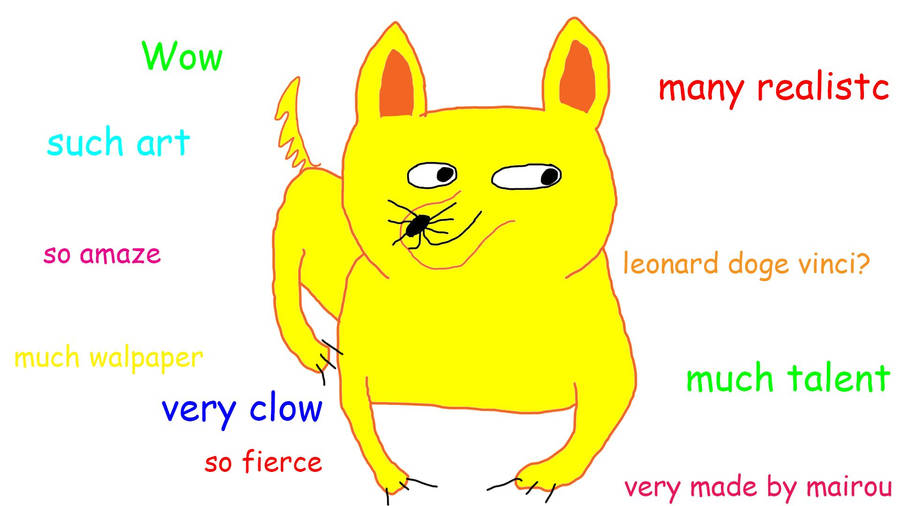
By Juan Montoya
On July 21-22, the federal government authorized the culling of 80 nilgai (Texas Antelope) from the Laguna Atascosa National Wildlife Refuge in Cameron County.
According to the San Antonio-based nonprofit Trinity Oaks Enterprises officials who assisted in the hunt, that produced some 24,000 pounds of high-grade red meat that they say they will distribute to to soup kitchens, battered women’s homes, and orphanages. In all, the meat will make over 120,000 protein rich meals.
Trinity Oaks also told the local media that the meat harvested was processed donated to local organizations in Texas and northern Mexico.
However, calls to local charities such as the Good Neighbor Settlement House and the Ozanam Center in Brownsville and to food banks in South Texas reveal that there was no donation of the meat from Trinity Oaks to any of their facilities.
"We have never gotten any such meat from them," said a Good Neighbor staffer. "I would know because we prepare it right here."
The same holds for the Ozanam Center on Minnesota Road, There, the administrator asserted that they have never gotten any meat from the San Antonio-based charity.
"Believe me, if I had received even 100 pounds, our clients would have believed they died and went to heaven. It's supposed to be real good meat."
In a previous hunt in 2015, the take of nilgai was more than double the 80 culled this year. That year, it was reported that some some 190 Nilgai were killed. Interestingly, only four were found to have fever ticks, the reason given by the government for the hunt from helicopters.
If 80 nilgai yielded 24,000 pounds of high-grade quality meat (about 300 per animal) , it stands to reason that 190 would yield some 57,000 pounds (300 x 190).
Yet, none of the nilgai meat has ever reached the poor in Cameron County, where the nilgai were harvested.
Why?
This is the question some ranchers and land-owners in South Texas have for the federal government.
In the recent hunt for feral hogs at the refuge, it appears that some of that meat did get to at least one local charity, Loaves and Fish, in Harlingen. Only about 40 hogs were taken in the hunt.
Assistant Refuge Manager at Laguna Atascosa National Wildlife Refuge Leo Gustafson said Trinity Oaks "donated 2,000 pounds of ground meat to Loaves and fish a couple of weeks ago. And it was very interesting because the man in charge at Loaves and Fish said they were about to take meat off their menu because they could no longer afford it.”
But what about the higher quality and more nutritious nilgai meat?
In the 2015 hunt, the process was a bit different.
At the time, the federal government hired Broken Arrow Ranch to assist them with the hunt and processing of the animals.
According to KC Cunningham, the ranch president whose crews butchered them on the spot in a mobile dressing unit, the meat was then put on the market through their online catalog. What gets thrown away are the unusable parts like organs, heads and bones. What is saved is actually sold on the market by his ranch.
And Nilgai meat – said to be delicious – is a pricey cut of meat averaging anywhere from $17 a pound to as much as $40 or more. Some say the New York market can pay as much as $100 on choice cuts from the antelope. (To see catalog, click on link: www.brokenarrowranch.com)
Cunningham told us after the hunts were done under contract with the U.S. Fish and Wildlife Service in conjunction with the Texas Department of Animal Health.
"The meat has a mild flavor with a good texture, much like veal," the website states. "It is extremely low in fat, averaging well under 1 percent for most cuts. These are large animals (bulls can weigh up to 600 pounds or more), weighing an average of 280 pounds on the hoof. This larger size reduces our harvesting and processing cost when calculated on a per pound basis and allows us to offer this meat at very attractive prices."
So if only four of the 190 animals had the fever tick, who reaped the profits of the expensive meat?
On the low end of the scale, if they get 200 pounds of marketable meat from one animal and then average of, say, $30 a pound, that would net them $6,000 per animal. With 186 animals that would translate into $1,160,000.

Did, as Cunningham said, some of the money to to the landowners? Did it go to the state? Did it go to the federal government? Or did Broken Arrow Ranch get the meat in return for its hunting and butchering of the animals?
Food bank managers say they have never gotten Nilgai meat donations from the state as a result of the hunts.
At least two landowners out by Boca Chica – Bobby Lerma and George Gavito – deny that they ever got a red cent from the animals hunted on their lands.
Were these past hunts – given the low number of infested animals of the 190 killed – really just a cover for a money-making scheme by the Texas Department of Animal Health and the and the U.S. Fish and Wildlife Service?
And since Trinity Oaks never distributed any of the high-quality meats to local charities and food banks, we'll paraphrase a popular advertisement: Where's the meat?
Did Trinity Oaks donated it, as they say they did?
Or was the meat sold and money made for charitable purposes? No local charities report getting any meat, much less money.
And, perhaps more importantly to hunger advocates here, why did the federal government and Trinity Oaks come to the poorest area in the United States to harvest the meat and then take it and distribute it elsewhere?





5 comments:
My name is Tom Snyder. I am the founder of Trinity Oaks. 100% of all meat collected/ donated (this includes the refuge Nilgai harvests) is distributed through out Texas and northern Mexico. No meat goes to anyone from Trinity Oaks including the volunteers that are doing all the work gutting, skinning and processing. Trinity Oaks was founded on the principles of giving back to impact the lives of others. Our saying at our meetings is "it is not about us it is about THEM". In 2015 we distributed more than 100,000 pounds of meat to people in need. We have the potential in 2016 to more than double that number. Below is a partial list of some of the places that we distribute meat. If anyone has any questions or would like to volunteer to work at one of our events please email me at tom@trinityoaks.org or info@trinityoaks.org. For more information you can go to our website www.trinityoaks.org
In addition to our meat distribution we also introduce kids to the outdoors (hunting and fishing), Honor Purple Heart and combat veterans with outdoor trips and do Dream trips for kids and adults that are battling serious or life threatening illnesses. There is NEVER any charge for participating in a Trinity Oaks event. Take care and God bless.
Partial list Valley distribution:
Con mis manos help for the deaf - Matamoros
Casa Amparo - Reynosa
Loaves and Fishes - Harlingen
Respite center - Brownsville
La Posada Provincencia - San Benito (Steven Thomas with the Order of Naucratious)
Iglesia de Rios - Reynosa
Casa Robles orphanage - Reynosa (David Osborne)
How do you take it to mex. if its illegal
How do you take it to mex. if its illegal
Why would you take it to Mexico when one of the porest areas in the United States is south Texas. The Mexican laws do not allow the import of meat I would love to see the documention for the importantion into Mexico for the uncooked meat!
Alot of charities and churches do work in mexico. My question is why don't they help the people in the valley? We are an impoverished area too. We have alot of colonias in need.
Post a Comment